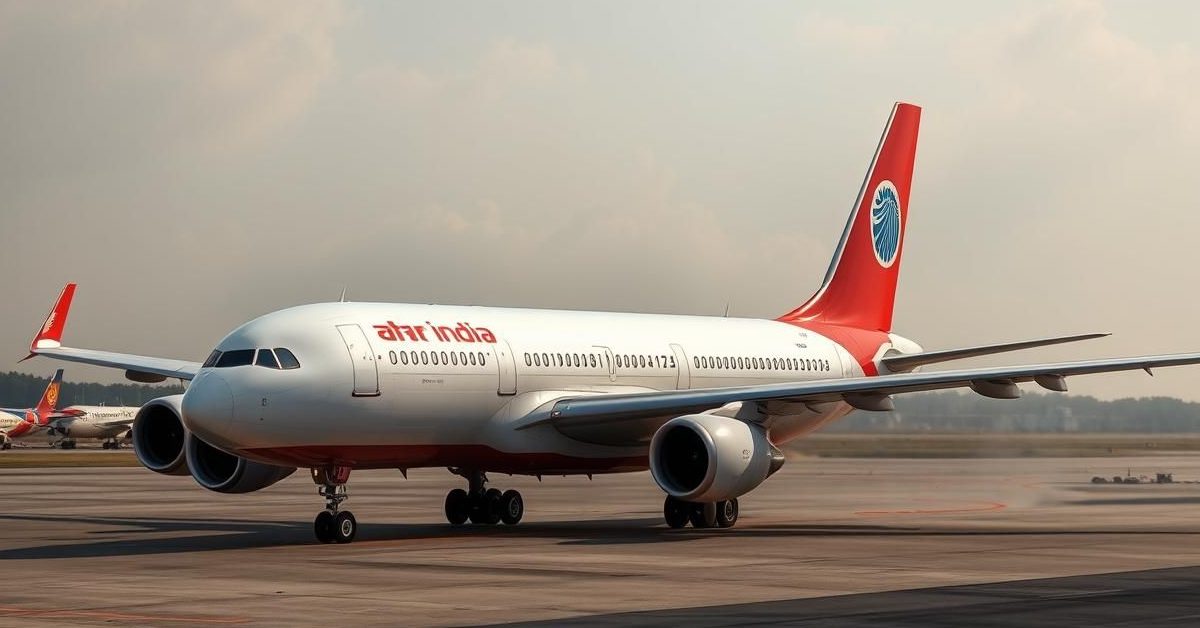A Night of Unprecedented Airspace Chaos Over Qatar
Imagine the scene: a typical Monday evening, thousands of travelers soaring through the skies, many on their way to the bustling aviation hub of Doha, Qatar. Then, without warning, the unthinkable happened. In a sudden and dramatic move, Qatari authorities announced the immediate closure of its national airspace. This wasn’t a routine weather diversion; it was a critical response to escalating geopolitical tensions, unfolding just as Iran launched a volley of missiles targeting the US military’s Al Udeid Air Base, located right there in Qatar.
The Mammoth Diversion: Over 20,000 Lives in Transit
For Qatar Airways, the national carrier, this wasn’t just a news headline; it was an immediate, live crisis. At the precise moment of the closure, over 90 of its flights, carrying an astonishing 20,000-plus passengers, were already airborne, converging on Hamad International Airport in Doha. These aircraft, now locked out of their primary destination, suddenly needed new homes, scattering across airports in various neighboring countries. The scale of this unplanned, simultaneous diversion was truly immense.
Akbar Al Baker’s Steady Hand at Qatar Airways’ Helm
The airline’s CEO, Akbar Al Baker, later detailed the harrowing challenge, highlighting the sheer logistical masterpiece required to manage such an event. Faced with an immediate, high-stakes emergency, his leadership team had mere minutes to make decisions that would impact thousands of lives. The 24/7 operational control center at Qatar Airways became the nerve center of an intense, real-time crisis management operation, coordinating with air traffic control units across multiple jurisdictions.
Navigating the Storm: Pilots, ATC, and Ground Crews United
This was a moment that tested the mettle of every single person involved. Pilots, often mid-flight, received new instructions, rerouting their massive aircraft to alternative airports – some hundreds of miles off their original course. Air traffic controllers, not just in Qatar but throughout the Middle East, scrambled to accommodate the sudden influx of diverted flights, meticulously guiding each plane through congested skies. Meanwhile, ground staff at various airports had to swiftly prepare for unexpected arrivals, arranging everything from refuelling to passenger disembarkation and rebooking.
The Human Element: Passengers’ Uncertainty and Relief
For the passengers on board, the experience would have been unsettling. An announcement of an unexpected diversion, followed by the sight of their aircraft changing course, undoubtedly sparked anxiety. However, the professionalism of the flight crews and the immediate, clear communication from Qatar Airways were crucial in reassuring those on board. While inconvenient and sometimes lengthy, these diversions ultimately ensured the paramount safety of everyone on those flights, turning a potentially catastrophic situation into a demonstration of robust crisis preparedness.
Prioritizing Safety Above All Else in a Geopolitical Minefield
This extraordinary event underscored Qatar Airways’ unwavering commitment to passenger and crew safety, even in the face of unprecedented geopolitical turbulence. The swift decision to close airspace, followed by the airline’s efficient execution of contingency plans, prevented any aircraft from being in harm’s way. It was a stark reminder of the complexities inherent in modern aviation, especially in politically sensitive regions, and the critical importance of adaptable, responsive crisis protocols.
Resilience Forged in Crisis: A Blueprint for Aviation
The successful handling of this mass diversion stands as a powerful testament to Qatar Airways’ operational resilience and the dedication of its entire workforce. It wasn’t just about rerouting planes; it was about protecting lives, maintaining trust, and upholding the highest standards of safety amidst chaos. This challenging episode provided invaluable lessons, further solidifying the airline’s reputation as a world-leading carrier capable of navigating even the most severe and unexpected global events.










